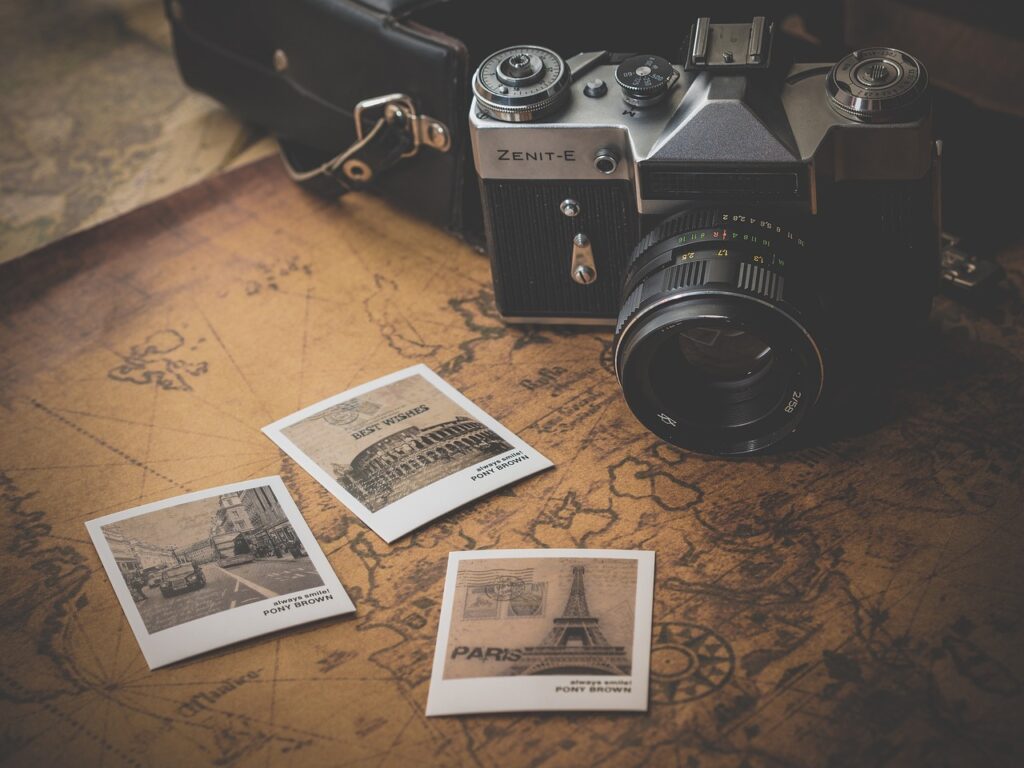
Table of Contents
Introduction
Photography is a beautiful art form that allows us to capture the world around us in stunning images. If you’re new to photography, you may be eager to enhance your skills and take your photos to the next level.
In this article, we will be sharing 10 valuable photography tips specifically designed for beginners:
- Mastering camera settings
- Understanding light and exposure
- Exploring composition techniques
- Capturing unique perspectives
- Using color effectively
- Experimenting with different focal lengths
- Practicing patience and observation
- Developing your own style
- Learning from others’ work
- Exploring post-processing and photo organization
These tips will cover essential techniques that can help you improve your photography skills regardless of the equipment you have, whether it’s a DSLR, a mirrorless camera, or even just your smartphone.
By implementing these tips and practicing regularly, you’ll gain confidence in your abilities and start capturing images that truly stand out. So let’s dive in and explore these transformative tips that will take your photography skills to new heights!
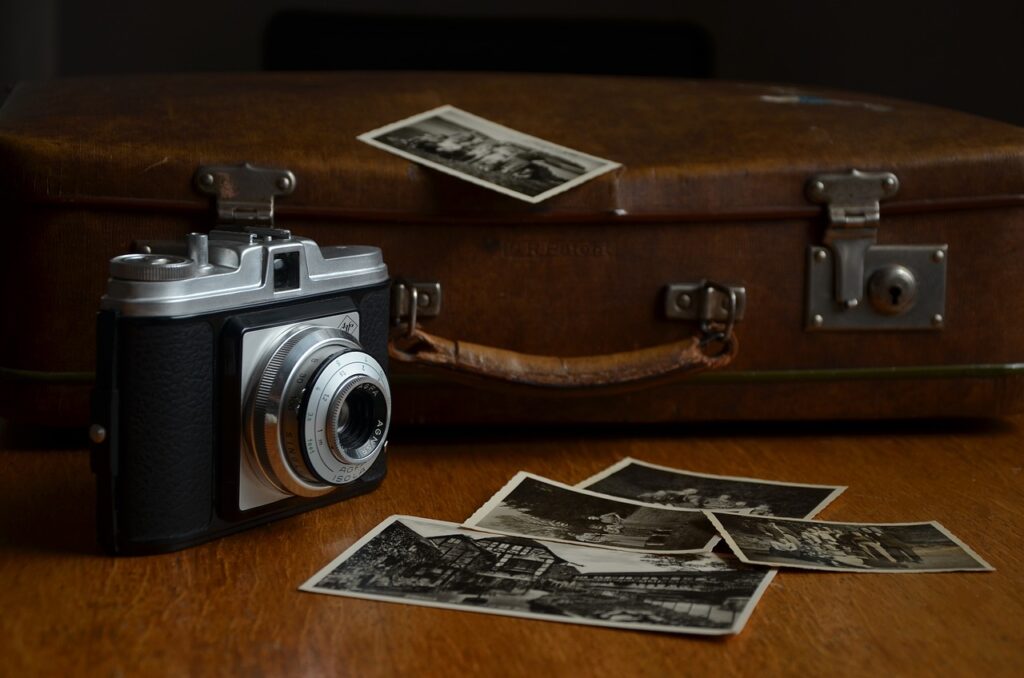
1. Mastering Camera Techniques
Mastering camera techniques is essential for beginner photographers as it lays the foundation for capturing high-quality images. By understanding and utilizing camera settings, familiarizing yourself with camera gear, and exploring composition techniques, you can elevate your photography skills to the next level.
Understanding Camera Settings:
Different types of cameras have their own unique settings that you should become familiar with. Whether you’re using a DSLR, smartphone camera, or point-and-shoot, knowing how to control these settings effectively is crucial for achieving the desired results in your photos. Here are some practical tips to consider:
- For DSLRs, learn about aperture, shutter speed, and ISO settings. Experimenting with these three elements will allow you to control the exposure and depth of field in your photos.
- Smartphone cameras often have built-in settings such as HDR (High Dynamic Range) mode, which can enhance the dynamic range of your images.
- Point-and-shoot cameras usually offer various shooting modes like landscape, portrait, or sports. Understanding when to use each mode can greatly improve your photography.
Getting Familiar with Camera Gear:
Having the right camera gear is essential to capture stunning images. Familiarize yourself with the various components of your camera, such as the viewfinder and zoom function. Additionally, proper maintenance of your gear ensures optimal performance. Here are some maintenance tips:
- Regularly clean your lenses using a lens cleaning kit or a microfiber cloth to remove dust and smudges.
- Protect your camera from extreme weather conditions by using a protective bag or cover.
- Keep spare batteries and memory cards handy to avoid missing out on capturing special moments.
Exploring Composition Techniques:
Composition plays a vital role in creating compelling and visually appealing photographs. By understanding popular composition techniques, you can enhance the impact of your images. Consider these techniques:
- The rule of thirds: Divide your frame into nine equal parts using two horizontal and two vertical lines. Positioning your subject along these lines or at their intersections can create a more balanced and visually interesting composition.
- Color balance: Experiment with different color combinations to create harmonious and visually pleasing images. Pay attention to the colors in your frame and how they interact with each other.
By mastering camera techniques, you will have greater control over your photography outcomes. Understanding camera settings, familiarizing yourself with camera gear, and exploring composition techniques are fundamental steps towards improving your skills as a beginner photographer.
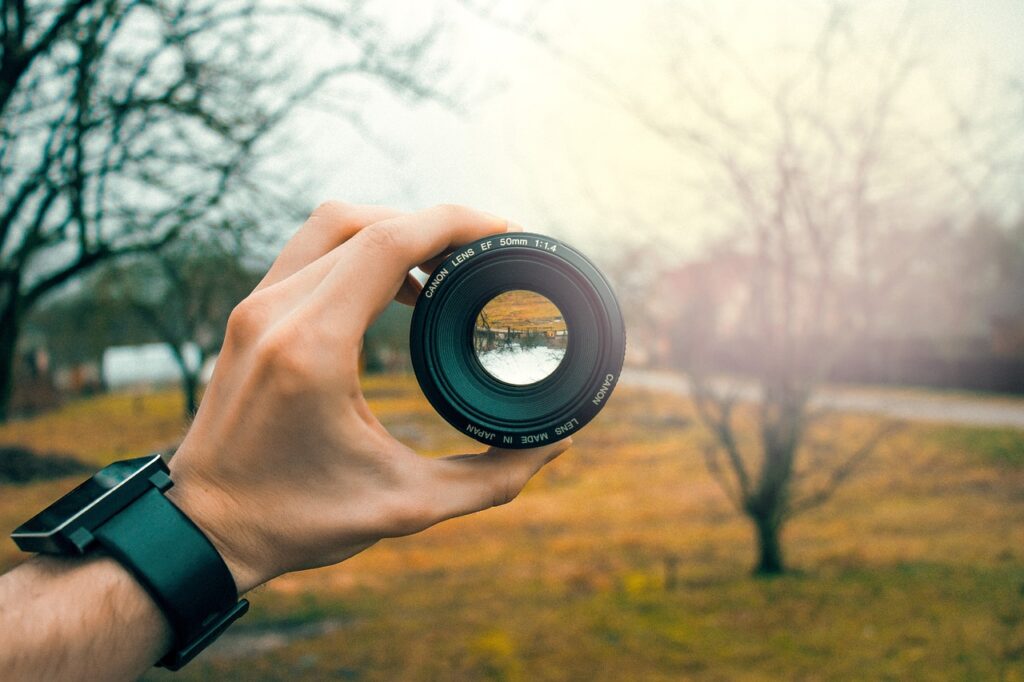
2. Mastering Light and Exposure
Why understanding light and exposure is crucial for capturing great images
Understanding light and exposure is fundamental to photography as it directly impacts the quality and mood of your photos. Without proper mastery of these elements, achieving stunning images can be quite challenging.
The Role of Light in Photography
Lighting conditions play a pivotal role in photography, influencing the overall look and feel of the images. Different types of light, such as natural light, artificial light, soft light, or harsh light, can create varying effects on your subject. Shooting during the golden hour, which occurs shortly after sunrise or before sunset, provides a soft, warm glow that can add a captivating touch to your photos.
Mastering the Exposure Triangle
The exposure triangle consists of three crucial elements: aperture, shutter speed, and ISO. Aperture controls the amount of light entering the camera, affecting depth of field. Shutter speed determines the duration of light exposure to the camera sensor, capturing motion or creating blur effects. ISO measures the sensor’s sensitivity to light. Mastering these three components and understanding how they work together harmoniously is essential for achieving proper exposure levels in your photos.
By learning to manipulate these settings effectively, you can capture well-exposed images in various lighting conditions, unleashing your creativity and enhancing the visual impact of your photography.
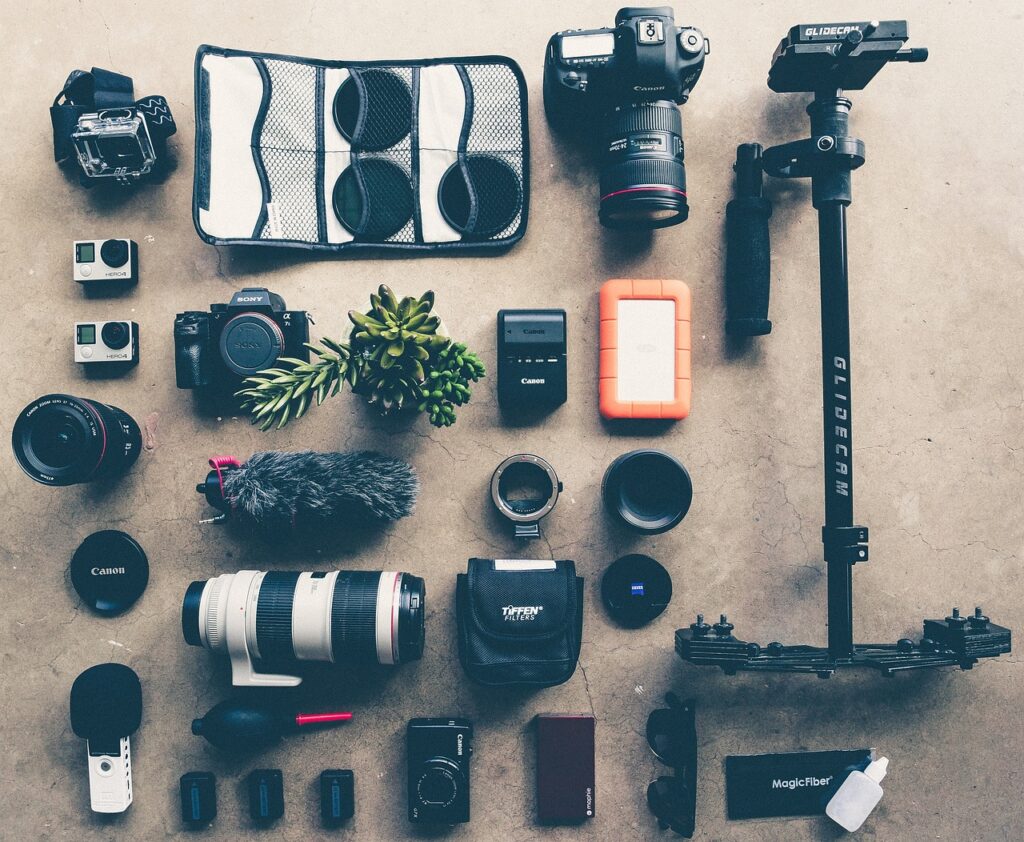
3. Enhancing Your Images and Organizing Your Photos
Post-processing plays a vital role in bringing out the best in your images. With the right adjustments, you can transform a good photo into something truly stunning. Alongside that, having an organized system for your digital photos ensures easy access and protection of your precious memories. In this section, we’ll explore some tips on post-processing for beginners and effective photo organization strategies.
Tips on Post-processing for Beginners
When it comes to editing your photos, there are several tools and software options available. For beginners, it’s recommended to start with user-friendly programs like Adobe Lightroom or Snapseed. These programs offer a wide range of editing features while maintaining simplicity.
Here’s how you can enhance your images through post-processing:
- Adjust brightness and contrast: Start by making subtle changes to the brightness and contrast of your photo. This will help bring out the details and make your image more visually appealing.
- Experiment with color balance: Play around with the color balance settings to achieve the desired mood in your photo. You can cool down or warm up the tones to create different effects.
- Fine-tune saturation and vibrance: Increase the saturation slightly to make the colors pop, but be careful not to overdo it as it can make your photo look unnatural.
- Apply filters sparingly: Filters can add a unique touch to your images, but use them wisely. Be mindful of not going overboard with filters as it can detract from the original beauty of your photo.
Ensuring Easy Photo Organization
As your collection of digital photos grows, having an organized system becomes essential. Here are some tips on how you can keep your photos in order:
- Create folders by theme or event: Sort your photos into folders based on specific themes or events. This will make it easier to locate them later on when you’re looking for something specific.
- Utilize digital scrapbooking: Get creative with your photo arrangement by creating albums or collages that tell a story or capture a particular theme or event. This adds a personal touch to your organization system.
- Regularly back up your files: Don’t forget to back up your photos regularly to prevent any loss of precious memories. Cloud storage services like Google Drive or Dropbox provide convenient and secure options for backing up your files.
Remember, practice is key when it comes to post-processing and photo organization. Don’t be afraid to experiment with different techniques and find what works best for you. Enjoy the process of enhancing and organizing your images, and let your creativity shine through!
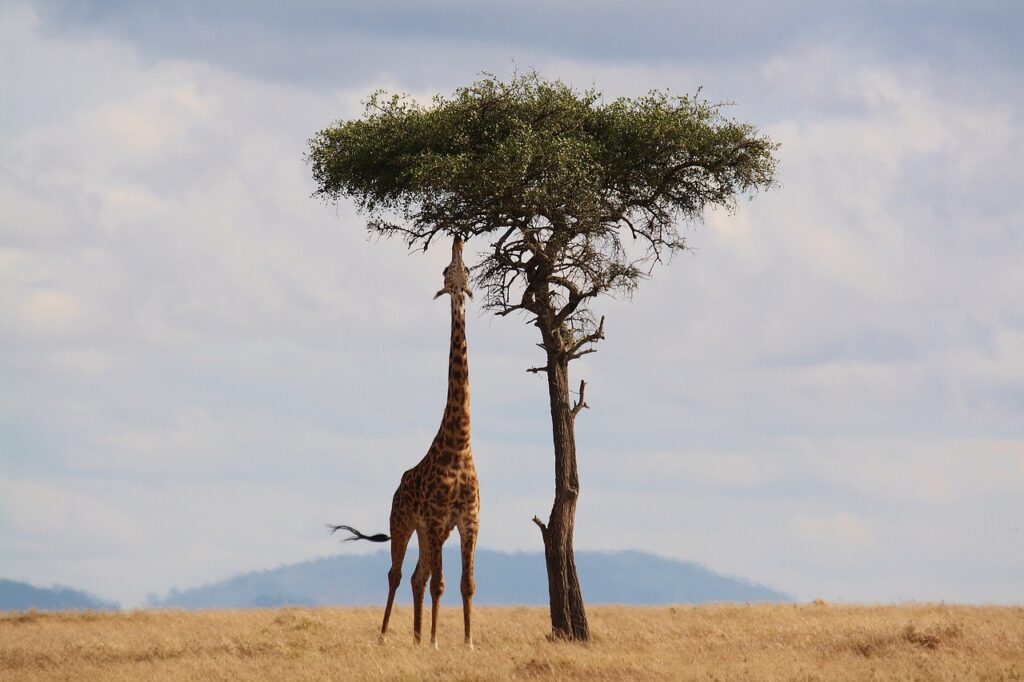
4. Experimenting and Finding Your Style
Encouraging beginners to step out of their comfort zone and experiment with different subjects and techniques is essential for developing their photography skills. Embracing creativity exercises can help photographers unlock new perspectives and ideas, ultimately contributing to the development of their personal style.
Trying New Creative Approaches
As a beginner, it’s important to explore unconventional shots and genres to expand your photographic horizons. Consider experimenting with boudoir photography, which focuses on capturing intimate and romantic images. This genre allows you to play with lighting, composition, and storytelling in a unique way, challenging you to think differently about your subjects and the emotions you want to convey through your photos.
Engaging with the Photography Community
Seeking feedback and inspiration from other photographers, both online and offline, offers valuable opportunities for growth:
- Joining photography forums or social media groups can provide a platform to share your work, receive constructive criticism, and learn from the experiences of others.
- Attending local photography meetups or workshops can expose you to diverse perspectives and techniques, fueling your creative journey.
Embracing these creative endeavors will not only refine your technical skills but also contribute to the development of your distinctive style as a photographer.
Conclusion
To conclude, improving your photography skills as a beginner requires practice, patience, and persistence. By implementing the 10 valuable tips shared in this article, you can take your photography to the next level. Remember that mastering camera techniques, understanding light and exposure, post-processing your images, and experimenting with different subjects and techniques are all essential steps in your journey as a photographer.
- Master camera techniques: Learn how to adjust settings like aperture, shutter speed, and ISO to capture the perfect shot.
- Understand light and exposure: Study how light interacts with your subject and how to achieve proper exposure.
- Post-process your images: Enhance your photos using editing software like Adobe Lightroom or Snapseed.
- Experiment with different subjects and techniques: Step out of your comfort zone and try photographing landscapes, portraits, street scenes, or macro details.
Don’t be afraid to step out of your comfort zone and try new creative approaches. Explore unconventional genres like boudoir photography or experiment with unique styles to find your own artistic voice.
Additionally, engaging with the photography community both online and offline can provide valuable feedback and inspiration for further growth.
So go ahead, grab your camera, and start capturing amazing images. Don’t forget to share your results with the community and continue learning from others. With dedication and passion, you’ll see your skills transform over time. Happy shooting!




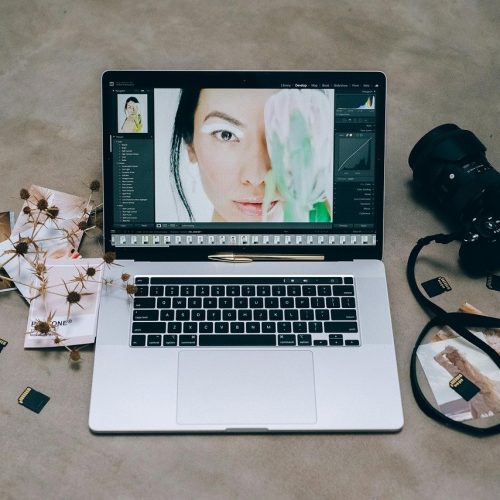
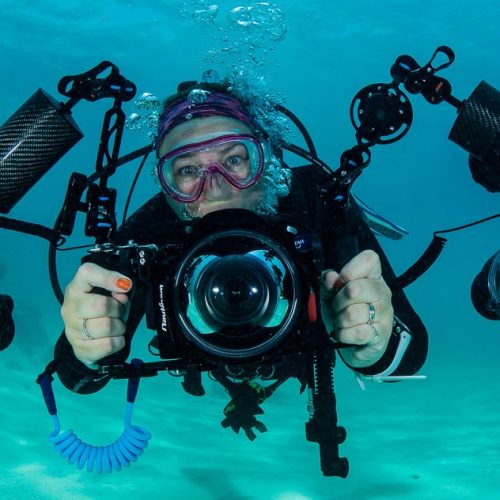

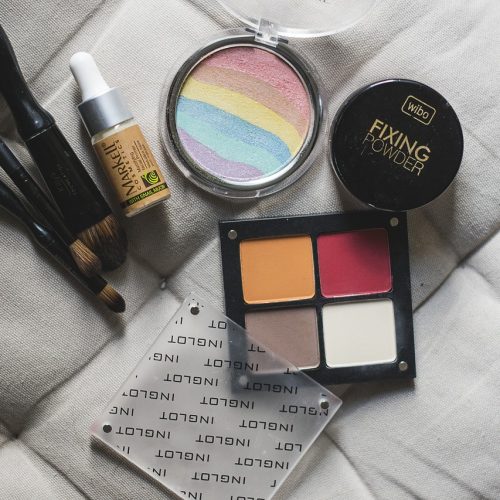





2 Comments
[…] To minimize the adverse effects of high ISO, photographers employ various noise reduction techniques. This may include using noise reduction algorithms in-camera or utilizing software programs like Adobe Lightroom or Photoshop for more precise adjustments. Additionally, shooting in RAW format provides greater flexibility in post-processing, allowing for more effective noise reduction without sacrificing image quality. […]
[…] The iPhone offers a range of essential camera settings that can significantly impact the quality of your shots. Understanding features such as exposure control and focus adjustment can help you achieve the desired effects in your photos. […]